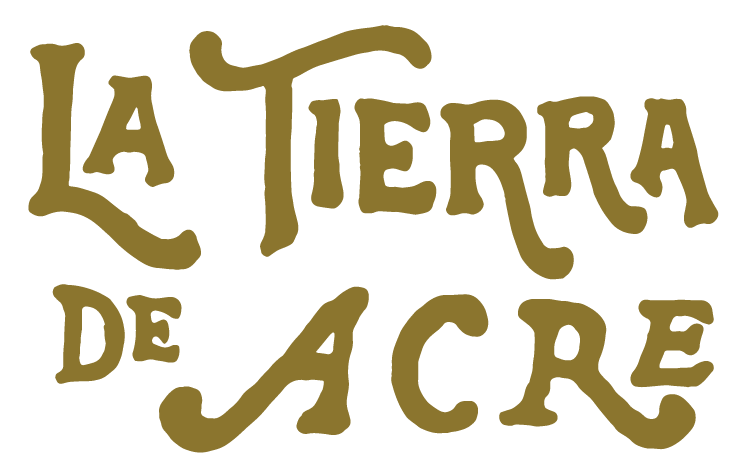
ACRE SUSTAINABILITY

FROM THE EARTH, FOR THE EARTH.
We recognize that it wouldn't be possible to make this wanderlust and connection inspiring spirit without the generosity of the earth—which is why we're invested in the sustainability of mezcal production, our Mezcaleros' livelihood, their communities and the land on which they live. As a starting point, to ensure we are only sourcing the best quality agave and that our producing partners are assured a living wage, we happily pay higher than market prices for our agave supply on top of supporting local programs in our partners' communities.
REPOPULATING THE AGAVE
Integral to the longevity and health of the agave population is the long-nosed bat. Like hummingbirds, bats pollinate the flowers of the blooming agave plant to enjoy the agave’s nectar, while showering it with pollen from the other plants they’ve visited.
The problem is that typically in order to make mezcal, the producers must harvest the agave plant right before the flowers go into bloom denying the bats the ability to cross-pollinate, which can lead to a species lacking in biodiversity and easily susceptible to disease.
To combat this issue, Honorato Cruz allows half of his wild Tobalá and Tepeztate plants to be pollinated by the bats, sacrificing his own yield to protect the future. Tepeztate is an endangered species, so these actions are vital to the survival of the species and the industry in Oaxaca.
It is also our duty to protect the land from which our beautiful spirit comes. Unfortunately, there is substantial waste in mezcal production. For every 750ml bottle, approximately 10 - 12 liters of vinasa (liquid byproduct) and 15 - 20 kg of bagazo (agave fibers) are left behind as waste. Vinasa and bagazo both absorb a great deal of oxygen from water and lower its pH, rendering water supply unsuitable for drinking and dangerous for aquatic life.
However in Durango, Jorge Burciaga repurposes the vinasa and bagazo from his mezcal production to make adobe bricks, which are then donated to the local community. A win-win.
Because the long-term viability of the agave plant is a top priority, Jorge forages the hills of Durango for agave seeds, which he uses to grow hundreds of thousands of baby agave plants every year in his own nursery. By growing agave from seed rather than clones, his plants are better adapted, more efficient and have richer genetics to pass along to the next generation of agave; allowing him to avoid the use of chemical herbicides and pesticides. Once the baby plants reach a year old, they are moved to the hillsides to flourish in the wild.
REPURPOSING THE WASTE
OUR ORIGINS
What started as a nice amenity for guests at the award-winning boutique Acre Resort in San Jose del Cabo, Mexico, quickly grew into a spirit that transcended borders.




